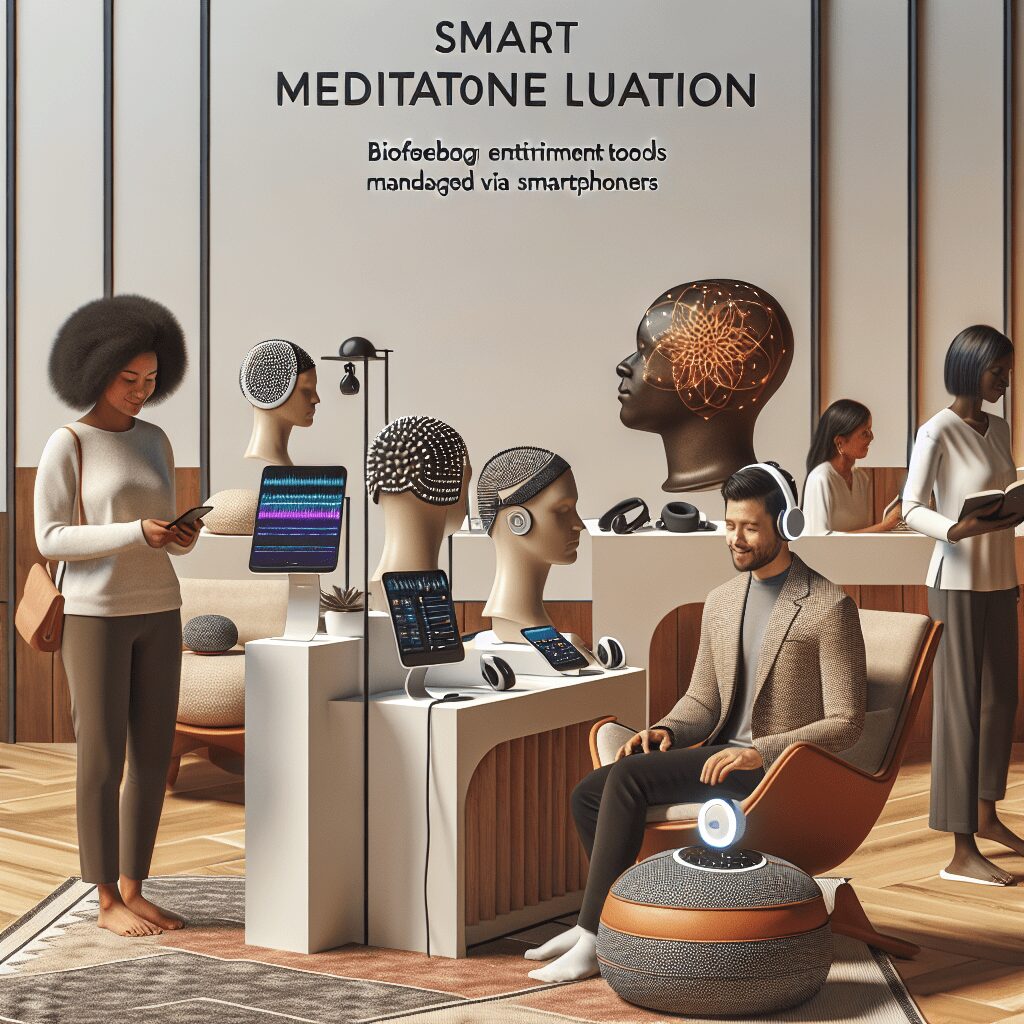
Prioritize your mental well-being daily. Enhance your life by nurturing your mental health with the Smart Meditation app. Break free from stress, alleviate anxiety, and enhance your sleep quality starting today.
Is Klonopin Safer Than Xanax?
Navigating the Maze of Anxiety Treatments: Is Klonopin Safer Than Xanax?
In the quest to quell the relentless tides of anxiety, two names often emerge at the forefront: Klonopin and Xanax. Both medications, hailing from the benzodiazepine family, are veterans in the battle against anxiety disorders. Yet, as with all things pharmaceutical, the question of safety is paramount. Is Klonopin indeed safer than Xanax, or is the choice between the two more akin to picking between red and white wine at dinner?
Understanding the Contenders
Before we dive into the nitty-gritty, let’s quickly skim over who’s who in this face-off.
-
Klonopin, known generically as clonazepam, serves not only as a tranquilizer but also steps into the ring against seizures. It’s the versatile contender, with a slow onset but a lasting impact.
-
Xanax, or alprazolam in the world of generics, is the fast-acting hero against panic attacks, swooping in to provide swift relief. However, its effects are more short-lived, and it might need to tag in for another round sooner than Klonopin.
Safety in the Spotlight
When it comes to safety, we’re juggling a couple of balls here – side effects, dependency, and withdrawal scenarios. It’s not just about whether one is outright safer, but more about how they play the game and what rules they follow.
-
Side Effects Galore? Both players bring their own set of side effects to the table. Drowsiness, dizziness, and a sense of being in a haze are common teammates for both. However, because Xanax acts faster, it might initially throw a stronger punch in the side effects department, especially in terms of drowsiness and lethargy.
-
The Dependency Dilemma: Ah, the twist in the tale. Benzodiazepines, in general, have a knack for making users stick around longer than they might have intended, thanks to their potential for dependency. Here, Klonopin’s longer half-life means it doesn’t need frequent revisits. Xanax, with its need for more regular dosing, might inadvertently lay down a quicker path to dependency, if not monitored carefully.
-
Withdrawal Woes: Exiting the benzodiazepine highway isn’t a smooth ride. Withdrawal symptoms can be unpleasant, to say the least. Since Xanax has a shorter half-life, it leaves the system quicker, which can lead to sharper, more intense withdrawal symptoms compared to the more gradual farewell that Klonopin offers.
The Verdict?
So, is Klonopin safer than Xanax? Well, it’s a bit of a tightrope walk. On one hand, Klonopin’s longer laps between doses might edge it slightly ahead in the safety stakes, reducing the risk of dependency and offering a smoother withdrawal process. On the flip side, Xanax’s rapid response team can be a literal lifesaver during a panic attack, although it demands a careful watch over dependency risks.
Ultimately, the choice between Klonopin and Xanax should be a tailored affair, carefully fitted by a healthcare professional who considers your medical history, your specific anxiety nuances, and your lifestyle. Remember, when it comes to treatment, it’s rarely about picking the “safest” option in isolation but choosing the one that suits your individual puzzle the best.
Navigating the maze of anxiety treatments requires a good map and an even better guide. With the right support, choosing between Klonopin and Xanax doesn’t have to feel like an unsolvable riddle. After all, the goal is clear: reclaiming peace and stability, with a trophy of well-managed anxiety in hand.




